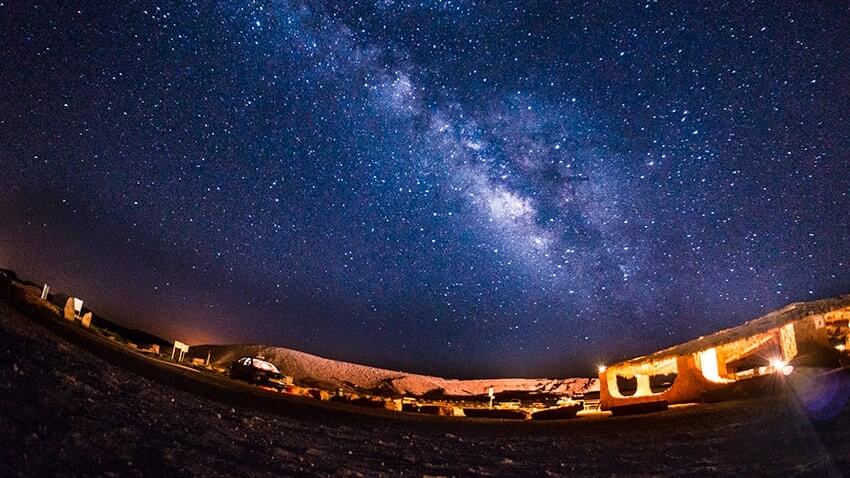Next to the Dead Sea is a site that, unlike the rest of the landscape, appears to be part of the Rift Valley cliff but is in fact an oval-shaped flat-topped mesa – a mountain completely surrounded by a virtually sheer drop. In the days before helicopters and drones, this was about as secure a site as could be found for King Herod to build himself a palace fortress to which he could retire in the case of emergency. (And, as it was adjacent to the Dead Sea it was convenient for a monarch who historians tell us had a “chronic skin ailment” - possibly psoriasis.) The splendor of Masada was epic. It was also a marvel of engineering that used artificial water courses to channel the desert’s rare rainfall into giant cisterns where, despite the 120°-Fahrenheit heat, they could make and store ice.

After Herod’s death the site was all-but abandoned…until the year 73. After the Romans destroyed Jerusalem in 70 and expelled Jews from their holy city, a group of Jewish refugees made their way to the summit of Masada and converted the once grand palace into their home. Having no interest in the palace’s grandeur and considering themselves zealots, the refugees built a synagogue, created a mikveh, planted crops and tended goats. The Romans, however, could not tolerate their defiance and went on to besiege the mountain for three years, condemning thousands of legionnaires to camp in the extreme heat in a quest to starve the mountaintop inhabitants into surrender. (The outlines of the Roman encampments are clearly visible to this day.) Thousands of Jewish slaves were forced to build a giant ramp to the summit and after the months it took to complete the construction, the mountaintop zealots -- realizing that the next day would bring Roman soldiers into their hideout -- determined to commit mass suicide rather than have their their wives, children and themselves murdered or enslaved. When the Romans finally battered their way onto the mountaintop they met no resistance and discovered 960 corpses. Two women who had hidden themselves from the mass suicide shared details of the events with the “conquerors” and Jewish Roman historian, Josephus, told the story of Masada in his book “The Jewish Wars.” The pledge by the zealots’ leader, Elazar Ben Yair on the last night of freedom has entered immortality: “Since we long ago resolved never to be servants to the Romans, nor to any other than to God Himself, Who alone is the true and just Lord of mankind, the time is now come that obliges us to make that resolution true in practice...We were the very first that revolted, and we are the last to fight against them; and I cannot but esteem it as a favor that God has granted us, that it is still in our power to die bravely, and in a state of freedom.” The Byzantines built a church atop Masada in the 4th-century, but it and the mountain went on to be abandoned for centuries.

In 1964. Israel’s Professor Yigal Yadin lead a two-year international excavation to discover Masada’s secrets. Their hundreds of discoveries support Josephus’ history, with the archeologists even finding the clay tokens on which the zealots had carved names and used as lots to decide who would “euthanize” their families and themselves first…and last.
The story of what occurred two millennia ago atop Masada has become a symbol of Israelis’ commitment never to allow “Masada to fall again” and, fifty years after the excavation, Masada is, after Jerusalem, the most visited site in Israel. Access to the summit on foot is possible up the traditional snake path used by Herod, and up the Roman ramp. But the majority of the millions of tourists who visit Masada are whisked from the Masada Museum and Visitors Center to the summit in giant cable cars that operate daily with the exception of Yom Kippur. Every June, the base of Masada becomes the site of giant Opera Festival and spectacle that uses the floodlit mountain as a backdrop.




